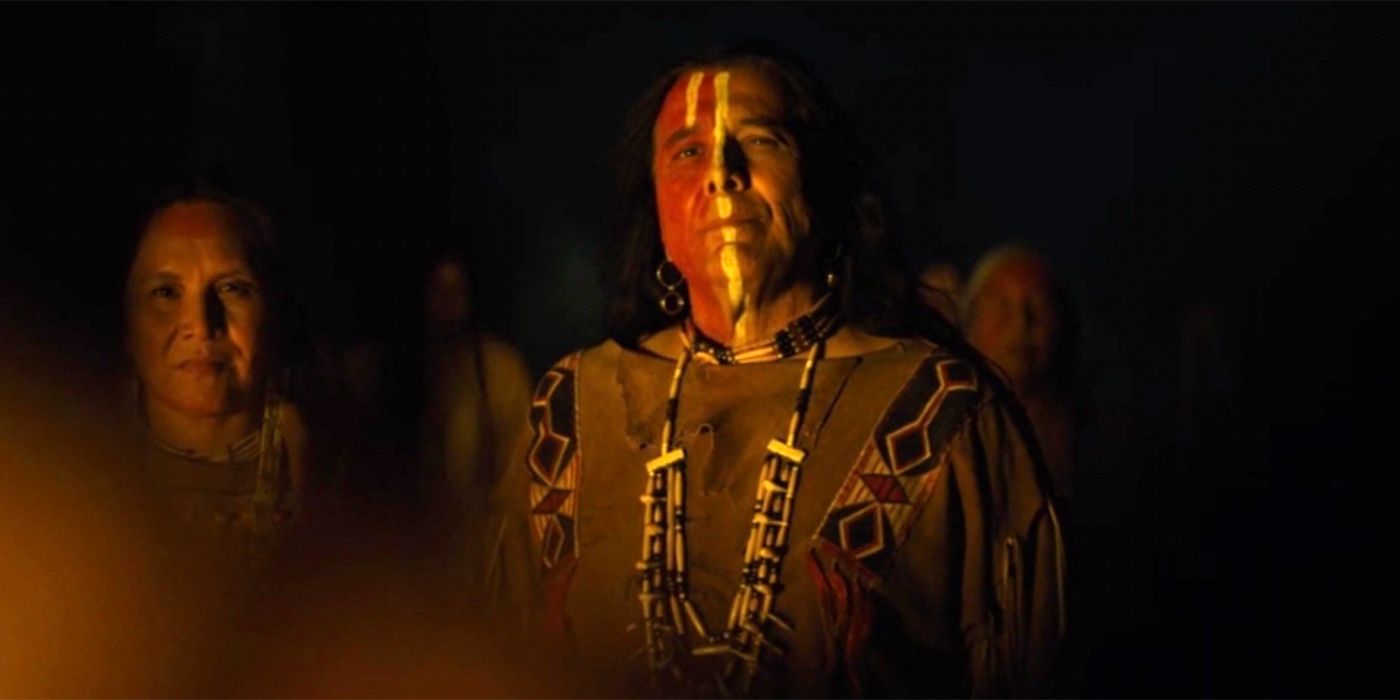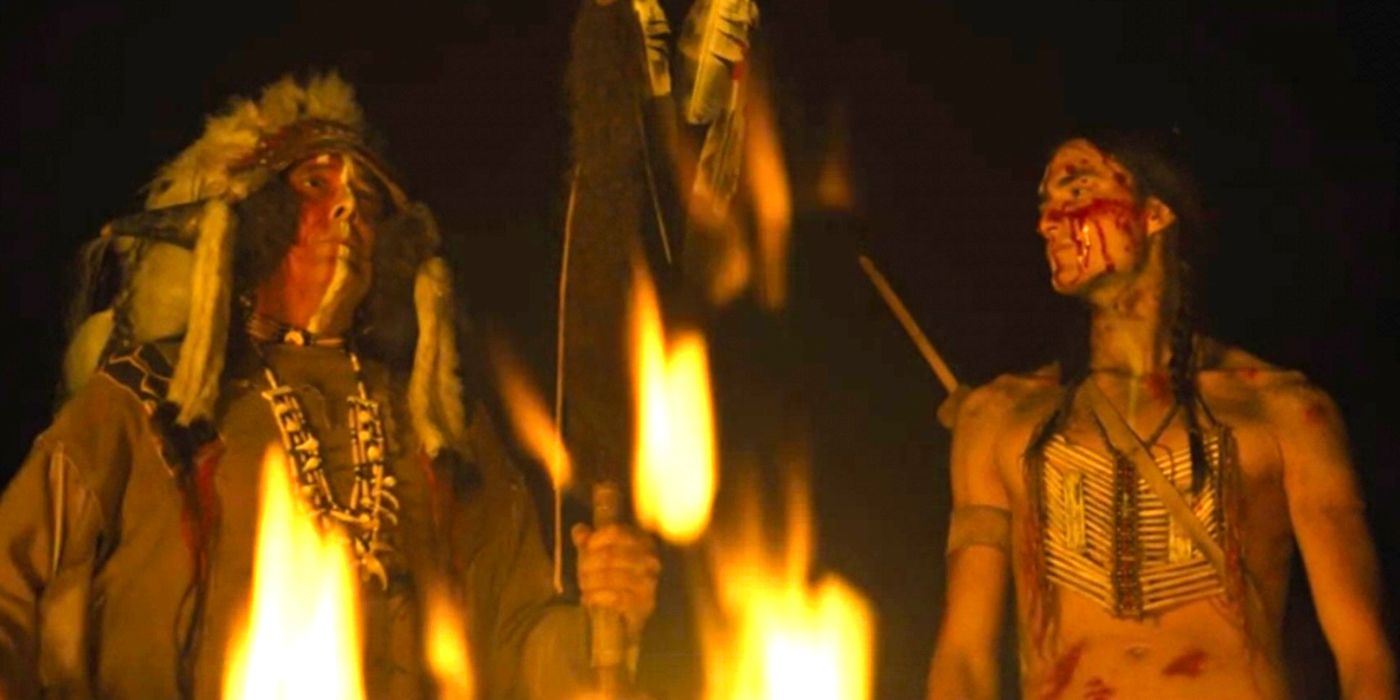Prey star Julian Antelope Black talks about the Indigenous representation efforts made for the new Predator prequel. The film has already garnered praise for its Indigenous cast and the use of the Comanche language (the film features a Comanche dub provided by the cast). Along with Black, the film stars Amber Midthunder, Dakota Beavers, Dane DiLiegro, Stormee Kipp, and Michelle Thrush.
Prey follows Naru (Midthunder), a young Comanche woman in 1719 as she must combat a Predator and protect her tribe. The film is a prequel to the Predator franchise, taking place hundreds of years before the events of the original 1987 film, and features a more low-tech depiction of the series' antagonist. Prey has already received a bevy of positive reviews from critics, with many commending the action sequences, character development, and depiction of the Comanche tribe.
In an exclusive interview with Screen Rant, Black talks about the work that went into the movie's depiction of the Comanche. He explains how the film's producers made an effort to depict the language and culture with accuracy, saying they had cultural and language advisors on set to make sure all the details were consistent. He also mentions Jhane Myers, one of the producers as well as a Comanche cultural advisor, and how it was refreshing to work with someone with the same cultural background. Read his quote below:
It's been actually such a breath of well-needed fresh air in the last while to see the industry actually taking painstaking lengths to make sure things are told accurately and making sure to get the right people to advise, making sure they are going to use the language, making sure that it's spoken right, having language and cultural advisors on set. For Prey, Jhane Myers, she's one of the primary producers on this unit, she also served as the Comanche cultural advisor, she's Comanche and Blackfoot herself. She was just awesome to be around and work with, very approachable, which is so refreshing to see somebody in her position, and very receptive and open to collaboration and ideas, which is something I'd kind of not heard of at this level of a movie. So it was really nice to see. And I think it was very inspirational for a lot of our young people that were on set, whether they were cast in acting roles, or whether they were just background performers just out for the day. I think it was very, very inspirational for them to see one of their own in a position like that, and to be so approachable, it works on so many levels. I think.
With Prey proving to be a standout of the franchise, it's refreshing to hear how much effort went into its depiction of the Comanche. Black goes on to say how that sort of representation is inspirational for younger artists, and how seeing it in a movie of this scale can continue to improve Indigenous visibility in mainstream media. Prey, along with tv shows like Reservation Dogs and Dark Winds, add to the continued efforts to increase Indigenous representation in mainstream media.
Hollywood has had a very troubled history when it comes to depictions of Indigenous people, and movies like Prey are taking steps to remedy that. The attention to detail that went into Prey's portrayal of Indigenous people is evidence of a changing of the tide when it comes to Native American depictions on film. Hopefully, Prey will encourage other Hollywood productions to move in that same direction, and Black and other Indigenous performers will continue to see people that share their history in positions of creative authority.


